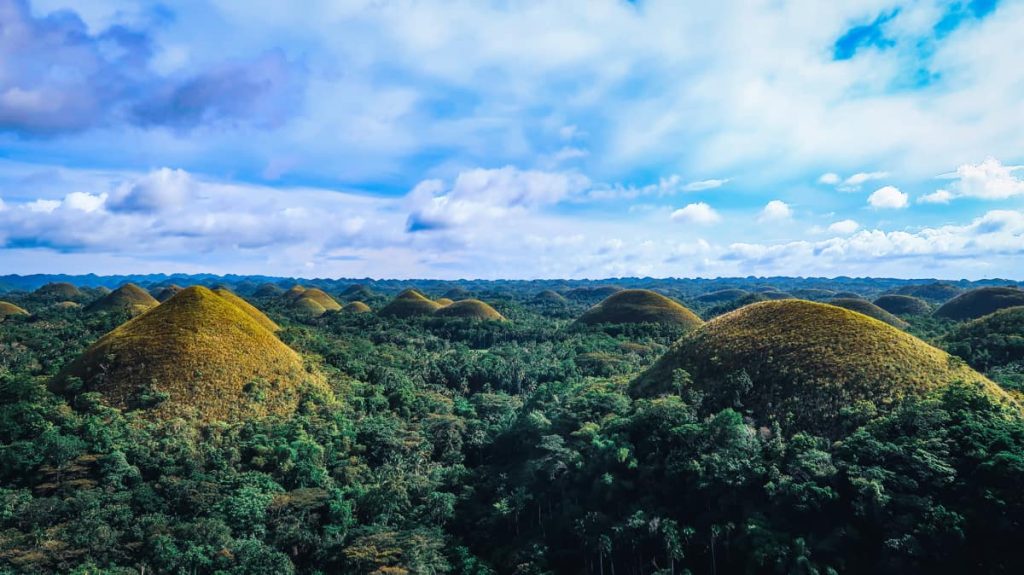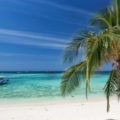
Bohol is a small island located in the Central Visayas region of the Philippines. From investing in renewable energy sources to implementing green policies and eco-tourism initiatives, Bohol is showing the world that sustainable development is possible even in the most remote of places. In this blog post, we will explore how Bohol has become a leader in sustainability and how it can serve as an example for other small islands in the region.
Bohol’s commitment to sustainability
The island of Bohol is making significant strides toward sustainability. There are numerous eco-tourism activities such as bird watching, snorkeling, and kayaking trips for those interested in responsibly exploring Bohol. Many Bohol tours include sustainable transport options, using electric scooters and bicycles to reduce their carbon footprint while getting around the island. With a growing number of eco-friendly Bohol travel packages available, more and more visitors are looking to experience this unique destination in an environmentally conscious way.
The challenges of implementing sustainability
Sustainability initiatives come with their own set of challenges, and this is especially true for a small island like Bohol. Many businesses and people in Bohol rely on tourism as their main source of income, and they need to strike a balance between protecting the environment and providing tourists with a great experience. Implementing green policies can often be expensive and time-consuming. The local government is doing its best to support sustainability initiatives. but a lot more needs to be done.
What makes Bohol unique?
Bohol is a unique and picturesque island located in the central Philippines. It is known for its stunning natural wonders such as the Chocolate Hills, a geological formation of hills resembling mounds of chocolate, and the Tarsier Sanctuary, home to the world’s smallest primates. Additionally, Bohol boasts a rich historical and cultural heritage, with several well-preserved Spanish-era churches, such as the Baclayon Church and the Loboc Church, that offer a glimpse into the island’s rich past.
The benefits of sustainable development on Bohol
Bohol is quickly becoming an example of sustainable development in Southeast Asia and the world. The focus on sustainability helps Bohol preserve its natural beauty and biodiversity. By preserving its land, Bohol can continue to attract tourists from around the world who seek out its unique beaches, jungles, waterfalls, and other attractions. Sustainable development also helps maintain the quality of life for locals by protecting the resources they need to survive. Eco-tourism provides jobs for locals and brings in money for businesses on the island.
The future of Bohol
Bohol is taking strides to ensure that its development is sustainable, and this bodes well for the future of the area. The potential for tourism in Bohol is high, and the island’s commitment to sustainability makes it a great choice for eco-conscious travelers looking for a unique experience. There are already several Bohol travel packages available that make it easier for tourists to explore the island and its attractions. With its dedication to conservation, sustainable agriculture, and renewable energy, Bohol is poised to be an example of what can be achieved when sustainability is taken seriously.







Nice Blog. I’m planning to visit Bohol next month and if you can suggest Food trips that would be great.
Awesome post. I can say that Bohol is really nice. We have a lot of beautiful beaches here. Greetings from Bohol!